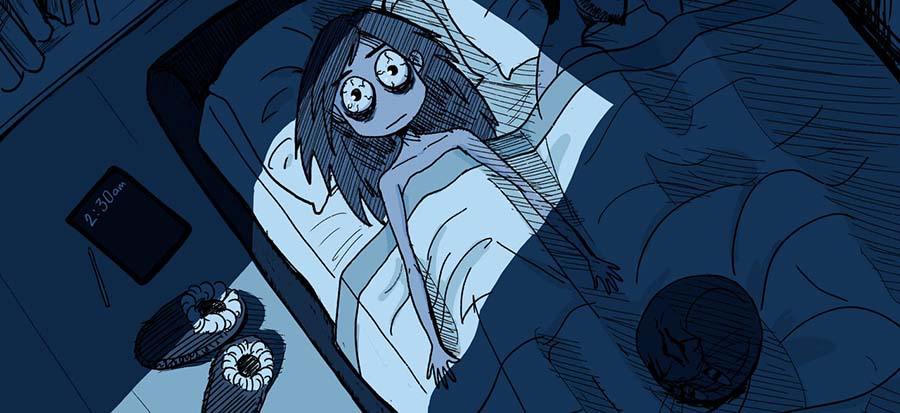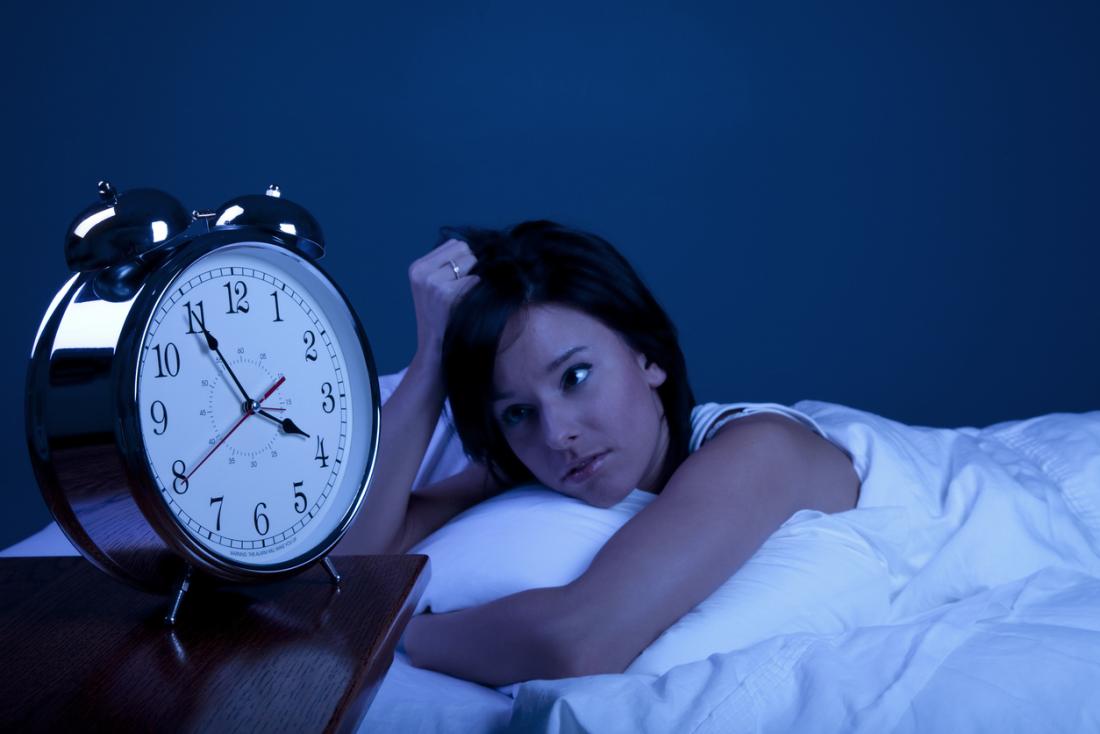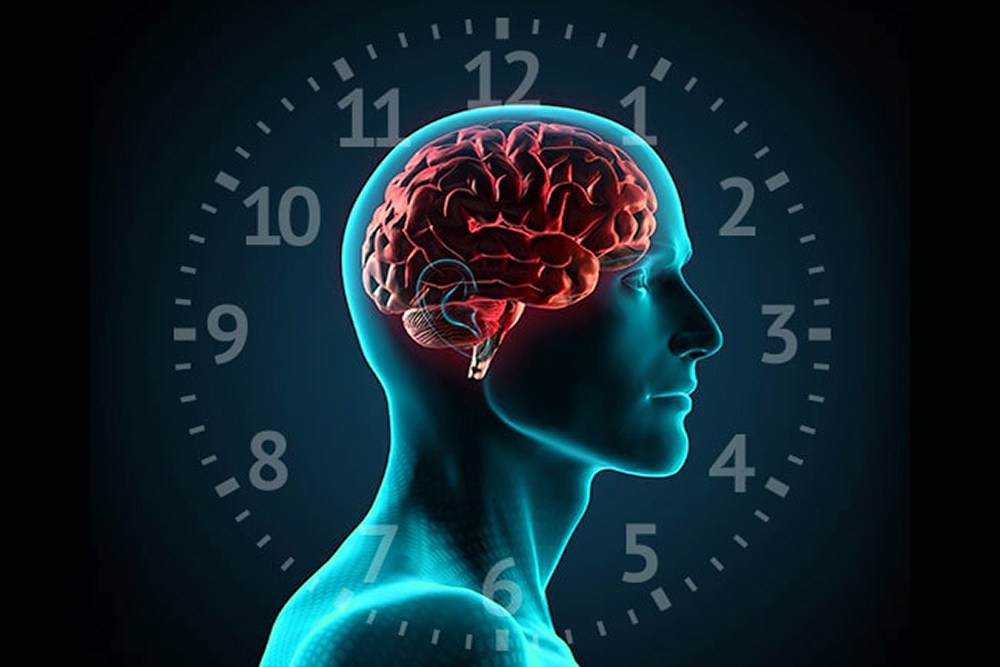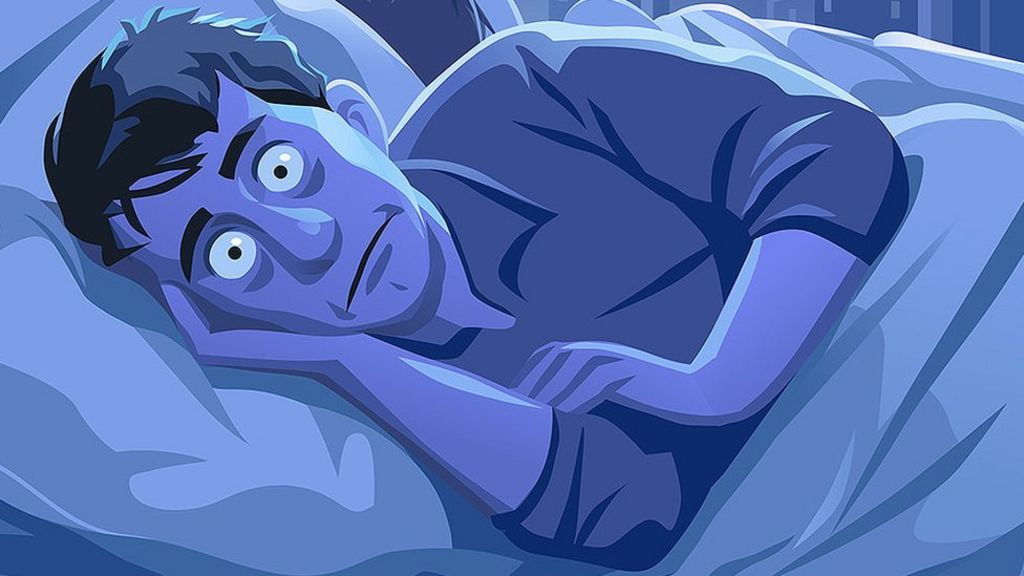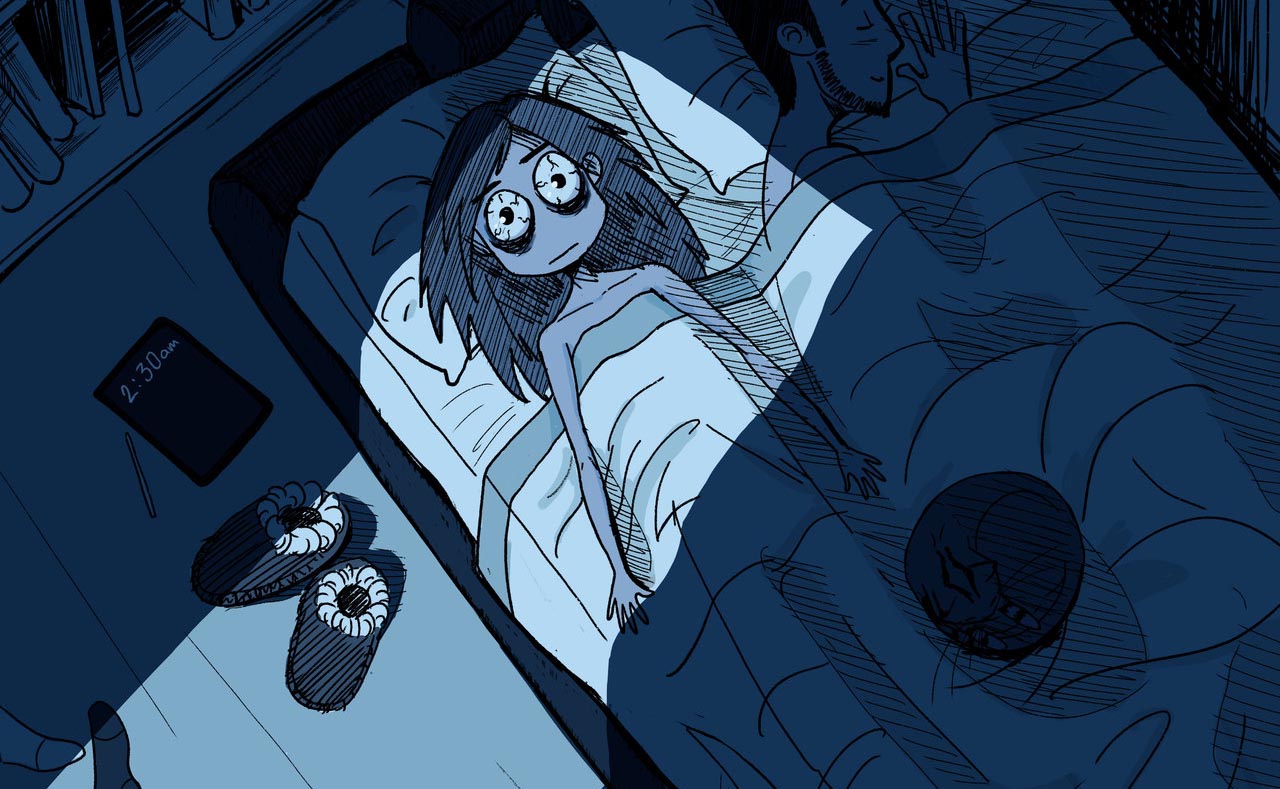

Why Can’t I Sleep? Sleep Disorders and How to Fix Them
If you're finding it hard to fall asleep, waking up feeling drained, or simply dragging through the day in a haze of fatigue, you're far from alone. Sleep disorders are a broad range of conditions that interfere with your ability to get restful, restorative sleep. When sleep is disrupted consistently, it doesn’t just leave you tired — it can spiral into significant daytime dysfunction, affecting everything from your mood to your memory. And it’s not just a rare issue; researchers have identified close to eighty distinct types of sleep disorders.
Every single year, more than 40 million people in North America alone grapple with some form of chronic sleep disorder. Add to that another 20 million who face occasional trouble sleeping, and it's clear this isn't a small problem — it's a widespread public health concern.
There are countless culprits behind sleep loss. Juggling demanding work schedules, household responsibilities, caring for newborns, dealing with stress and anxiety, binge-watching late-night shows — these are just a few of the common contributors to interrupted sleep. But when those restless nights become the rule rather than the exception, it’s worth taking a closer look.
What Exactly Are Sleep Disorders?
Sleep disorders go beyond a bad night here or there — they are conditions that consistently disrupt your ability to sleep deeply and well. While most people occasionally have difficulty falling or staying asleep — often due to short-term stress, travel, or illness — sleep disorders represent a deeper, ongoing struggle.
You might find yourself tossing and turning night after night, waking up groggy despite hours in bed, or feeling persistently drowsy throughout your day. These aren’t just inconveniences. Chronic sleep disruption can impact nearly every aspect of your life — your mental clarity, your ability to manage emotions, your stress tolerance, and even your physical health.
Ignoring sleep issues can snowball into serious consequences. Chronic sleep loss is tied to weight gain, decreased immune function, car accidents, job burnout, memory lapses, and even interpersonal conflicts. Sleep isn't a bonus or luxury — it's a biological necessity.
And here’s what’s most frustrating: bad sleep feeds into itself. You sleep poorly, wake up exhausted, try to push through your day, and by nighttime you’re too wired or overtired to fall asleep again. But this doesn’t have to be your reality. Once you uncover the underlying causes of your sleep difficulties, there are practical steps you can take to reclaim your nights and improve your days.
How to Spot a Sleep Disorder: Common Clues and Symptoms
Most of us deal with restless nights now and then. But how can you tell if your sleeplessness is simply a passing nuisance or a deeper issue requiring attention?
Start by paying close attention to your body’s daytime signals — not just what happens when you're lying in bed.
Questions That Might Reveal a Sleep Disorder
Do any of these feel familiar?
-
Do you find yourself easily irritated or excessively sleepy during the day?
-
Is staying awake difficult while reading, watching TV, or sitting still?
-
Have you ever felt dangerously sleepy while driving?
-
Do you struggle to focus or stay alert during conversations or meetings?
-
Do friends or coworkers often tell you that you look exhausted?
-
Is your reaction time slower than usual?
-
Do you find yourself getting emotionally overwhelmed or unusually short-tempered?
-
Do you feel like you must nap to get through the day?
-
Do you rely heavily on caffeine to function?
If you’re answering “yes” to any — or especially several — of these questions regularly, it’s a strong indication that your sleep is compromised, and you may be dealing with a true sleep disorder rather than just a few rough nights.
A Breakdown of Common Sleep Disorders
Sleep disorders are varied in nature, but here are some of the most frequently experienced ones:
Trouble Falling or Staying Asleep: Insomnia
Insomnia is one of the most well-known and widespread sleep issues. It involves persistent difficulty falling asleep, staying asleep, or waking too early and being unable to return to rest. Causes of insomnia can range from chronic stress and mood disorders to excessive caffeine, medication side effects, or even jet lag.
But regardless of the cause, the good news is that many people can drastically improve insomnia symptoms through lifestyle tweaks. Enhancing sleep hygiene, altering daily habits, and incorporating calming bedtime routines can often resolve the problem — no need to immediately turn to prescription medications or sleep clinics.
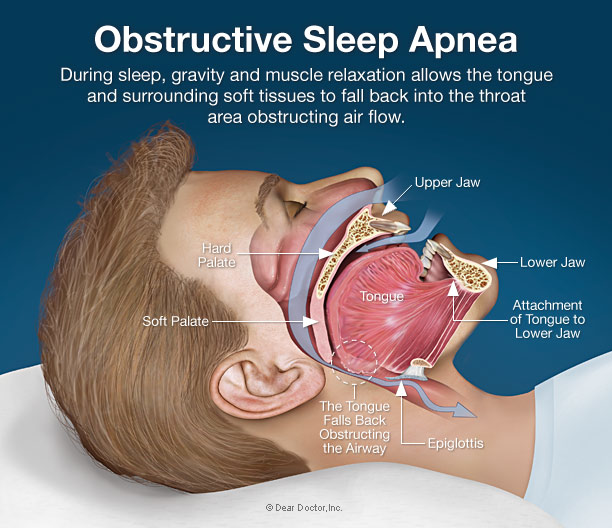
Interrupted Breathing During Sleep: Sleep Apnea
Sleep apnea is a condition where your breathing repeatedly pauses during sleep. These pauses can last for seconds or longer and may happen dozens — even hundreds — of times per night. Often, the person isn’t aware of the awakenings, but the body absolutely feels the effects.
Signs of sleep apnea include morning headaches, loud snoring, mood swings, and excessive daytime sleepiness. Untreated sleep apnea is more than a sleep issue — it's a potentially life-threatening condition. If you suspect you have it, don't wait. See a doctor and explore treatment options that can dramatically improve your sleep and quality of life.
Tingling and the Urge to Move: Restless Legs Syndrome (RLS)
Restless legs syndrome causes an uncontrollable urge to move your legs — sometimes your arms — usually in the evening or nighttime hours. This urge often comes with strange sensations: tingling, itching, or a crawling feeling that worsens at rest.
Although RLS can be incredibly disruptive, it's manageable. Many people find relief through home-based remedies, simple changes in diet or activity, or with medical support if needed.
Sudden Sleep Attacks: Narcolepsy
Narcolepsy is a neurological condition that causes uncontrollable bouts of daytime sleepiness. It's as if the body's sleep-wake switch is faulty, causing “sleep attacks” during everyday tasks — mid-conversation, while eating, even when driving.
Though there’s currently no cure, narcolepsy can be effectively managed with the right mix of medications, lifestyle adjustments, and support systems to help individuals maintain daily functioning and independence.
When Your Internal Clock Goes Haywire: Circadian Rhythm Disorders
Your body operates on a natural, 24-hour cycle known as the circadian rhythm, often referred to as your internal body clock. This rhythm regulates everything from your sleep-wake patterns to hormone production and body temperature. Light exposure plays a major role in maintaining this cycle — daylight tells your brain it's time to be alert, while darkness triggers the release of melatonin, the hormone that helps you wind down and get sleepy.
When this internal rhythm gets thrown out of sync — due to odd work schedules, time zone changes, or even certain mental health conditions — sleep becomes difficult and unrefreshing. You might find yourself exhausted at odd hours or wide awake when your body desperately needs rest. These disturbances are collectively known as circadian rhythm sleep disorders, and they can affect more than just your sleep. They're also linked to mood disorders such as depression, bipolar disorder, and seasonal affective disorder (SAD), especially in winter months when light exposure drops significantly.
Shift Work Sleep Disorder: When the Job Fights Your Clock
People working outside the traditional 9-to-5 hours — especially those on rotating or overnight shifts — often struggle with sleep because their work schedule clashes with their internal clock. This condition is called shift work sleep disorder, and it's particularly common among nurses, factory workers, security guards, and emergency personnel.
If your body is wired to sleep during the night and be awake during the day, fighting that rhythm can cause sleep deprivation, fatigue, concentration problems, and even increased risk of accidents at work.
Tips to manage shift work-related sleep disruption:
-
Keep shift changes to a minimum; stick to a regular schedule when possible.
-
If you must change shifts, try to rotate them forward (from day to evening to night) instead of backward.
-
Use bright artificial light during your shift to mimic daylight and help reset your circadian rhythm.
-
When you're ready to sleep, create a dark environment using blackout curtains, and avoid exposure to screens or daylight.
-
Consider using melatonin supplements as a tool to help regulate your body's internal signals — but always consult with a healthcare provider before starting.
Delayed Sleep Phase Syndrome: The Night Owl's Dilemma
Delayed sleep phase disorder (DSPD) is more than just being a night owl. It’s a condition in which your biological clock is pushed back several hours, making it incredibly hard to fall asleep before 2 a.m. or even later. Naturally, waking up early for school, work, or daily responsibilities becomes a nightmare.
Interestingly, when people with DSPD are allowed to sleep on their own schedule (during vacations or breaks), their sleep normalizes. The condition is especially common in teenagers and young adults, though some never grow out of it.
Common signs of delayed sleep phase disorder:
-
You consistently fall asleep very late, between 2–6 a.m.
-
You have great difficulty waking up at socially acceptable hours, like 7 or 8 a.m.
-
When left undisturbed (e.g., on weekends), your body naturally slips into a later pattern.
-
You may experience symptoms of insomnia or daytime sleepiness during structured weeks.
Treatment options like chronotherapy and light therapy can help reset your internal clock gradually, but it’s best to consult a sleep specialist to find a strategy that works for your lifestyle.
Jet Lag: The Temporary Time Travel Hangover
Jet lag hits when your body’s internal clock is out of sync with the new time zone you've traveled to. This disruption can cause daytime fatigue, sluggish thinking, upset stomach, and difficulty sleeping at the proper local time. The longer the flight and the more time zones you cross, the more intense the jet lag — and it’s usually worse when flying east than west.
Most people adjust within a few days, with a general rule of one day of recovery per time zone crossed. So if you travel from Los Angeles to London, crossing eight time zones, expect about a week to fully adjust.
Keeping Track: Monitor Your Sleep Patterns
Before jumping into treatment options, it's important to track your sleep patterns and symptoms over time. Understanding your habits and challenges is the first step toward diagnosing — and eventually treating — any underlying sleep disorder.
Use a Sleep Diary
A simple sleep journal can reveal a lot. Writing down the details of your sleep schedule and nighttime routines helps uncover harmful habits or patterns that may be disrupting your rest.
What your sleep diary should include:
-
The time you went to bed and when you woke up
-
Total hours you think you slept and your perceived quality of rest
-
Any time spent awake during the night, and what you did (e.g., “got up and read a book”)
-
Food, drinks, or substances consumed in the evening — including caffeine, alcohol, and heavy meals
-
Your mood or emotional state before bedtime
-
Any medications taken, including timing and dosage
Tracking this for just a week can be eye-opening. For instance, you might notice that every time you have a glass of wine late in the evening, your sleep becomes more fragmented. That simple realization could lead to big changes in your quality of rest.
Taking Action: Self-Help Strategies for Better Sleep
While some sleep disorders need medical treatment, many people can improve their sleep through lifestyle and behavioral changes. You might be surprised at how much of a difference these simple changes can make.
Adjust your daytime routine:
-
Stick to a regular sleep and wake schedule, even on weekends.
-
Get physical activity during the day — exercise helps regulate sleep.
-
Cut back on caffeine and nicotine, especially in the afternoon and evening.
-
Learn ways to manage stress and anxiety.
Create a calming pre-bed routine:
-
Keep your bedroom dark, cool, and quiet.
-
Avoid heavy meals and large amounts of fluid late at night.
-
Try a warm bath, soft music, or reading before bed.
-
Limit screen exposure at least an hour before you plan to sleep.
Getting back to sleep at night:
Waking up during the night isn’t unusual, but struggling to fall back asleep can be distressing. If you find yourself awake in the dark, try deep breathing exercises, progressive muscle relaxation, or simply focusing on calming thoughts. Avoid checking the clock — it only increases stress. And if something is weighing on your mind, jot it down and promise yourself you’ll handle it in the morning.
When It’s Time to Talk to a Professional
If you’ve tried these self-care strategies and still find yourself struggling with persistent daytime sleepiness, strange behaviors during sleep, or frequent awakenings, it's time to consult a sleep specialist.
Seek medical advice if:
-
Your main symptom is excessive daytime fatigue, and home strategies haven’t helped
-
Your partner says you stop breathing, choke, or gasp in your sleep
-
You fall asleep at inappropriate or even dangerous times, like while eating or driving
Bring your sleep diary to the appointment. It will give your doctor a clearer picture of your sleep challenges and help in identifying patterns that aren’t obvious at first glance.
What Happens at a Sleep Clinic?
At a professional sleep center, a specialist will monitor your sleep using equipment that tracks brain waves, eye movements, heart rate, and breathing patterns. While the idea of sleeping with wires on your body may sound uncomfortable, most people adapt quickly.
Based on the results, a customized treatment plan can be created to suit your specific condition. Some clinics even offer portable monitoring systems so you can collect sleep data from the comfort of your own home.
